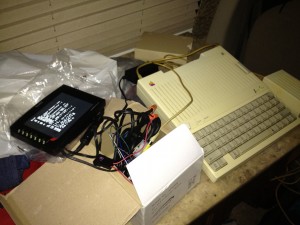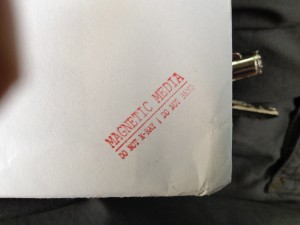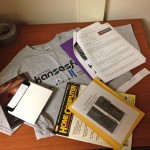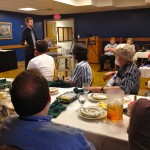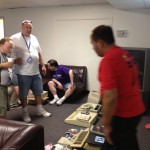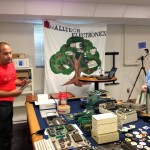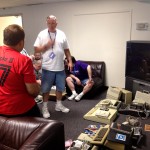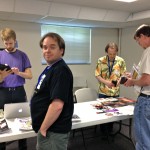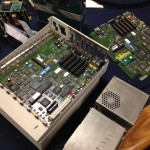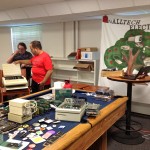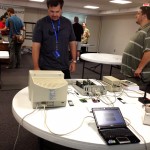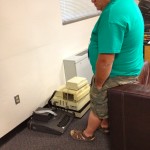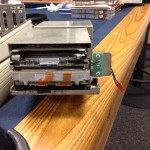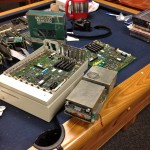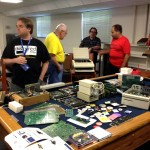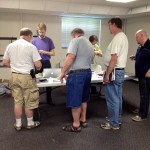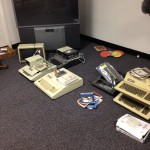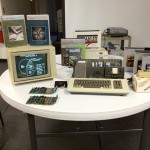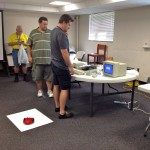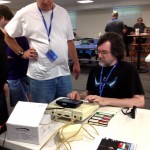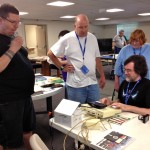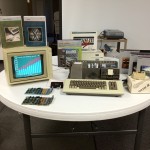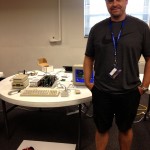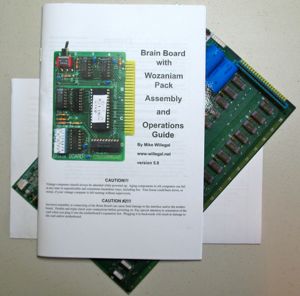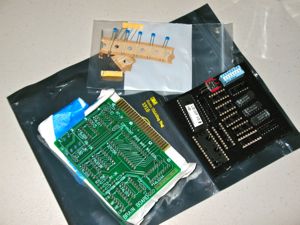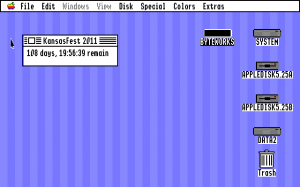Transferring data to and from your favorite Apple II is easy, thanks to technologies like ADTPro, the Uthernet adapter, FTP, and the CFFA3000. In fact, these technologies make data transfer too easy, hopelessly ruining the retro experience where 1200 baud is fast and data is supposed to spin in tiny circles at 300 RPM.
I’m pleased to announce the new ScreenType™ data transfer process, featuring complete electrical isolation between your computing systems, an accuracy rate rarely exceeding 98%, and a personal promise that your hair will fall out or gray prematurely. Here’s the process for transferring Apple II programs:
- Display your program on the screen. If your program is in Applesoft BASIC, type “LIST”. If your program is in machine language, type “CALL-151” to start the system monitor. Then, enter the starting address and press “return” to list your program in hexadecimal notation.
- Quickly hit CTRL-S to stop the listing before any of it scrolls off the screen.
- Type in the listing on another computer.
- Quickly hit CTRL-Q to resume the listing. Then, hit CTRL-S again to stop the listing before any of it scrolls off the screen. If you’re too slow with CTRL-S and part of the listing scrolls off the screen before you type the code in, start over. Yes, you could just list the program one screen full at a time rather than do the CTRL-S/CTRL-Q dance, but that’s no fun.
- Repeat steps 3 and 4 until you’ve re-typed the entire program.
- Hope and/or pray that you typed everything exactly right. If not, start over at step 1. If you get disheartened, remember that this is the “true retro experience” much like typing in games from magazine listings using a keyboard with broken arrow and backspace keys. Be happy that you have a real keyboard and CRT rather than punch cards.
With minor adaptations, you can apply this process to any program or data file on any computer. Want to pirate Windows 7? No problem … just don’t ask me for help with the typing.
